NVIDIA dials up its DesignWorks platform and offers "predictive design" for professionals
Meet the new Iray plugin
Last week, we were invited to the regional NVIDIA press briefing and we had the pleasure of Bob Pette, vice president of Professional Visualization at NVIDIA, who spoke at lengths about the latest development in its Quadro visualization platform. He sees the entire platform as an ecosystem that provides a framework for more efficient and organized design workflows. We all know that DesignWorks and DesignWorks VR was announced in August this year. To the end-consumer, these enterprise-level compute platforms may oft be overshadowed by gaming applications of augmented reality in GameWorks and GameWorks VR. However, he was quick to add that the cutting edge applications of augmented reality is actually in enterprise computing and NVIDIA has been hard at work to stay committed to VR for enterprise use and professional activities.

Bob Gette emphasized the demands of designers, and their need for photorealism, and interactivity with their rendered designs. Iray was a solution to their requirements. Traditionally, Iray has been offered as a feature in CAD programs like 3ds Max and Maya. According to NVIDIA, the industry support for the Iray is evident; however, its rate of adoption by professional users wasn't fast enough to NVIDIA’s liking. As a result, NVIDIA is proud to announce an Iray plug-in for such professional applications.

With Iray available as a separate plugin for supported applications, NVIDIA hopes to be able to accelerate its rate of adoption. It also offers a direct and efficient manner to reach out to professional users whenever there are major updates to Iray. There's also an exciting development for gamers as NVIDIA is in talks with Unreal about the possibility of incorporating Iray into the latter's Unreal game engine. Just imagine, a popular and robust game engine that is coupled with real-time ray tracing and physics-based rendering (PBR) hosted on NVIDIA DesignWorks platform.
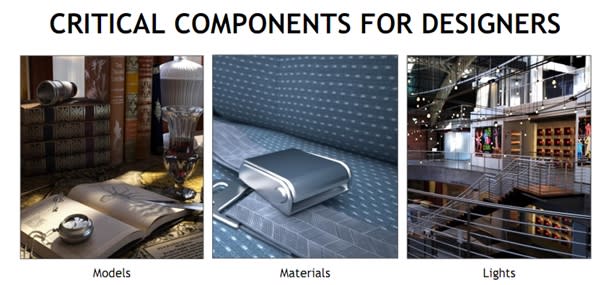
Instead of depending solely on the efforts of the companies behind the CAD and other Iray-support application suites, NVIDIA has developed Iray, as a plug-in for such programs. With such an investment, NVIDIA aims to hasten the adoption of Iray so that its inherent benefits of real-time ray tracing and rendering can be enjoyed by professional users. According to Bob, there are some technical hurdles to clear in the development of the Iray plug-in. This is dependent on how “open” the APIs of the supported CAD programs are. In this case, the APIs of both Autodesk 3ds Max and Autodesk Maya were ripe for Iray plug-in development. The commitment behind Iray isn’t a piecemeal effort as NVIDIA’s push for its adoption is palpable; the company aims to make Iray plug-in supported on different versions of supported applications. It also aims to for cross-platform compatibility for both Windows and Linux operating systems.
Predictive design
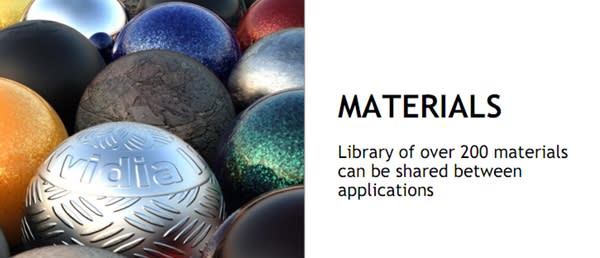
In addition to Iray plug-in development, NVIDIA has introduced Material Definition Language (MDL). This language contains digital models of construct materials, and their physical properties. Using MDL, NVIDIA has released vMaterials, which is the first edition of a collection of materials library that promises to be application agnostic. With this materials collections, MDL-based applications are able to render objects that are identical in appearances, as well as its physical properties. As a result of speaking the same language, MDL, with the help of the vMaterials library, the rendered object will appear identical across supported applications. The first edition of vMaterials contains over 200 materials.

Iray, MDL and its accompanying vMaterials are all parked under the DesignWorks platform as it encompasses the "software tools, libraries, and technologies” that support real-time ray tracing and physics-based rendering. It also includes NVIDIA OptiX, which is the framework that allows for development of physics-based rendering (PBR) applications. Additionally, it supports Quadro VCA to allow for scalability of GPU compute requirements. With VCA, PBR applications can be scaled across physical nodes to suit the needs of enterprise graphics compute requirements.

Since there are some laws of physics baked into algorithms of Iray and MDL, one of its touted applications is what NVIDIA has termed as predictive design. For example, in the design of light pipe for the new Shield console, the designers could accurately render how its emitted light would fall around the device under various environments. They could even tweak its effect by changing the angle of its housing, and is all done on demand.
On a larger scale of things, predictive design also enabled the architectural firm, Gensler, to avoid an architecture design flaw that would have otherwise created a hotspot in the new NVIDIA headquarters:-
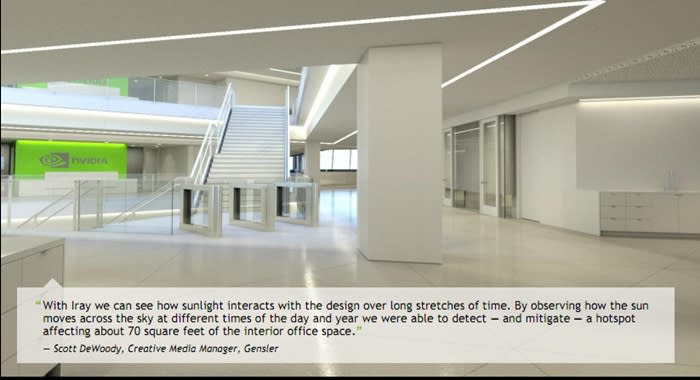
Before we end the first page of this article, we leave you with a video demonstration of the Iray plugin as it renders a Dewalt drill in real-time:-
Meet the Quadro GPUs

NVIDIA also shared with us a quick glance of their current Quadro desktop GPUs that support all of the new DesignWorks updates shared earlier. At the top of its current offerings is the Quadro M6000 that features Maxwell GM200 GPU with 12GB of GDDR5 video memory.

NVIDIA has display solutions for large visualization requirements like billboards and signage based on Quadro GPUs. In fact, NVIDIA currently powers the word's largest 4K video display at a horse racing track that costs US$12 million! For signage that is smaller, there's the single-slot NVS 810 graphics card that features 8 mini-DisplayPort outputs.

NVIDIA took the chance to show off its mobile Quadro chipsets and the top of the end chipset is the M5000M with 8GB of GDDR5 video memory.
All work and no play makes Jack a dull boy....
(Note to reader: Due to certain restrictions imposed on NVIDIA by the VR content developers, we aren’t allowed to show, on photo or videography, the VR imagery. Only pictures of the VR equipment were allowed.)
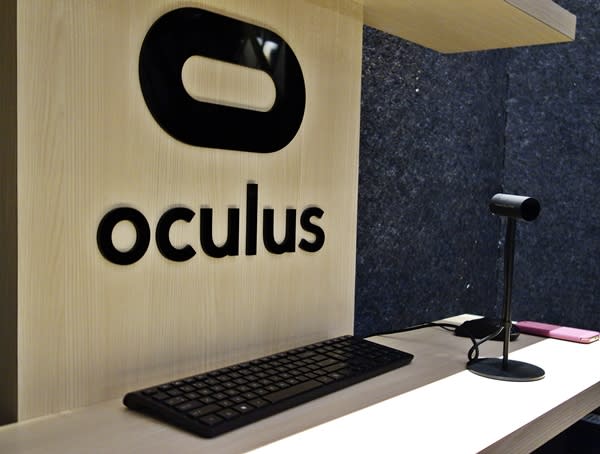
We were first treated to the Oculus Rift system, which consisted of its Oculus head-mounted display, and a NVIDIA GeForce Titan X powered PC. With an attached X-box controller, we were initiated into the realm of VR PC gaming. There were a handful of demonstration titles, and we found that VR technology is best suited for FPS titles. As for third party perspective games, VR only offered a panning cinematic camera effect during gameplay. Just imagine panning around the protagonist by simply turning your head. The Oculus Rift is powered by NVIDIA GameWorks VR technology.
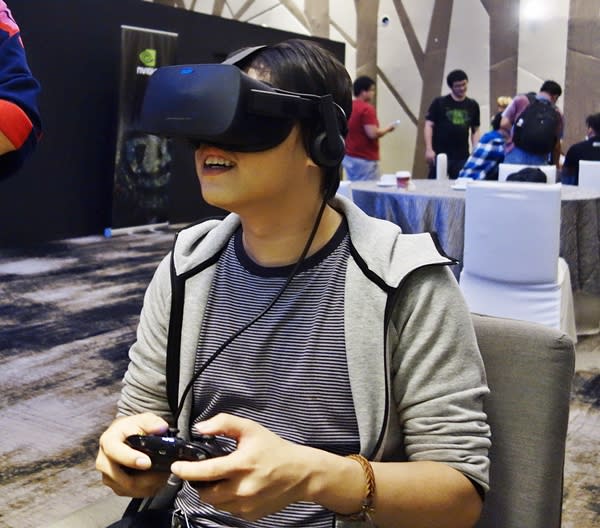
The next demonstration in augmented reality was on the HTC Vive, which is powered by SteamVR. Like the Oculus system, the HTC Vive demo is driven by a NVIDIA GeForce Titan X PC. The HTC Vive experience was more immersive as it required the user to move around in a darkened room, with a guide to ensure the user doesn't trip over the tether of the head-mounted gear.
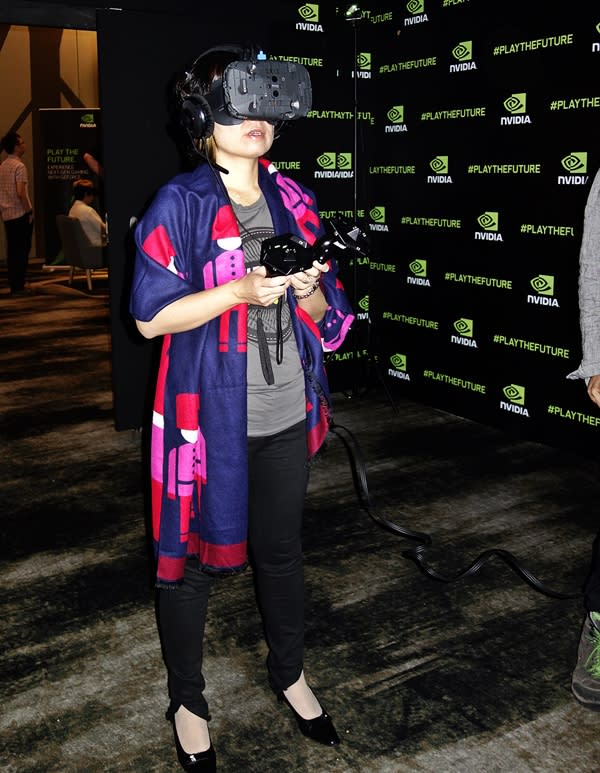
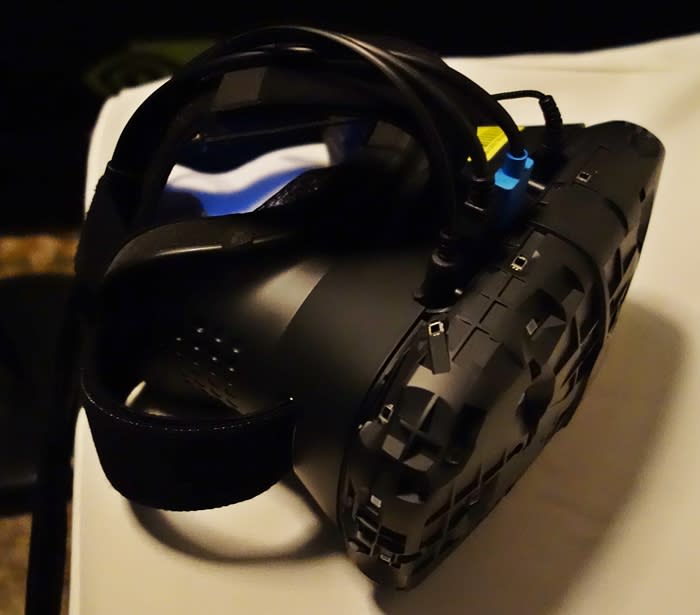
It didn't feel too cumbersome wearing the HTC Vive headset; however, the tether to the host PC didn't allow us to pan our heads too quickly. Also, there was a danger of tripping over the tether. However, the tether is really part of the development version of the HTC Vive headset and it's unlikely to be part of the final consumer edition when it does debut sometime next year.
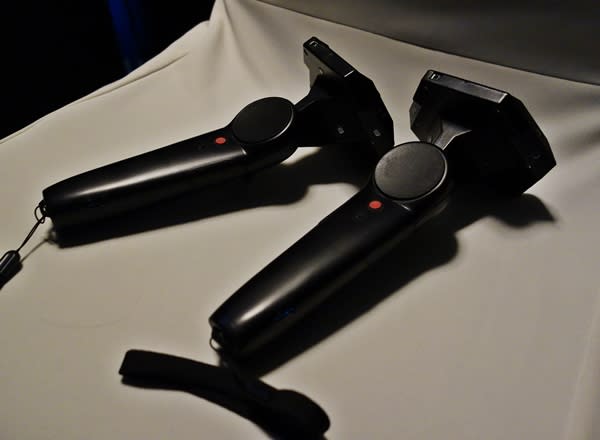
In order to interact in the augmented reality surroundings, we had to use a pair of HTC Vive wireless controllers that vaguely reminded us of the Wii Nunchuks. HTC Vive was much more immersive allowed us to interact with our environment with the controllers. The tactile feedback of each wireless controller, and the fact that we were able to hold on to something in the augmented reality environment, was a comforting fact, much like a security blanket to a child who’s placed in unfamiliar surroundings.
With HTC Vive, we managed to safely explore the most dangerous mountain pass of Mount Everest. Another major difference in HTC Hive was the visual 3D image of the handheld controllers; their images were rendered unobtrusively in our VR environments. In comparison with the Oculus VR demo, its headset obscured the view of the Xbox controller, and if the gamer was unfamiliar with the button layout, he would have to peek out of his headgear to locate the buttons. The HTC Vive experience was almost seamless for the user; the controllers were easier to use, and the instructions that floated out were clear and concise. The HTC Vive also enabled us to relive the spatial computing experience with tactile feedback to boot, à la Tom Cruise in the movie "Minority Report". In its last demo, we were able to air brush graffiti that was suspended in mid-air. The graffiti was rendered with depth effect as well.
To NVIDIA, augmented reality isn't all fun and games
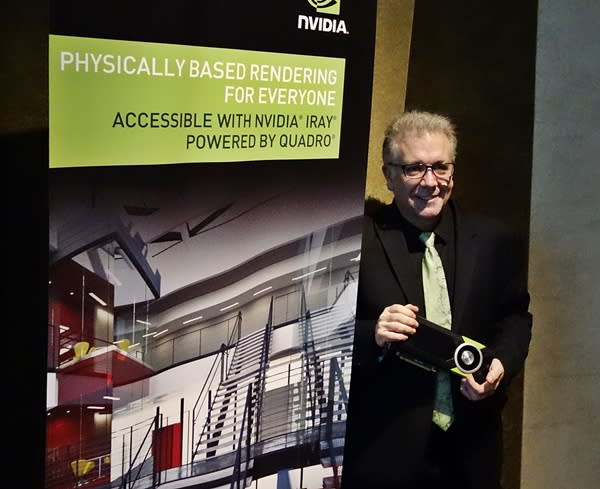
NVIDIA is serious about VR technology as it isn’t all about fun and games. According to its research, VR technology has many enterprise applications. For example, the technology can be applied to the medical field where the user is trained in human autonomy by vicariously performing an autopsy on a VR cadaver. This VR application will circumvent the shortage of dead bodies that can be legally used for medical research. NVIDIA foresees a lot of potential in VR as a training and simulation platform for enterprise applications and professional uses. As disparate as it may sound, NVIDIA's ultimate vision for VR and PBR is very much grounded in reality and making a better tomorrow for everyone.



